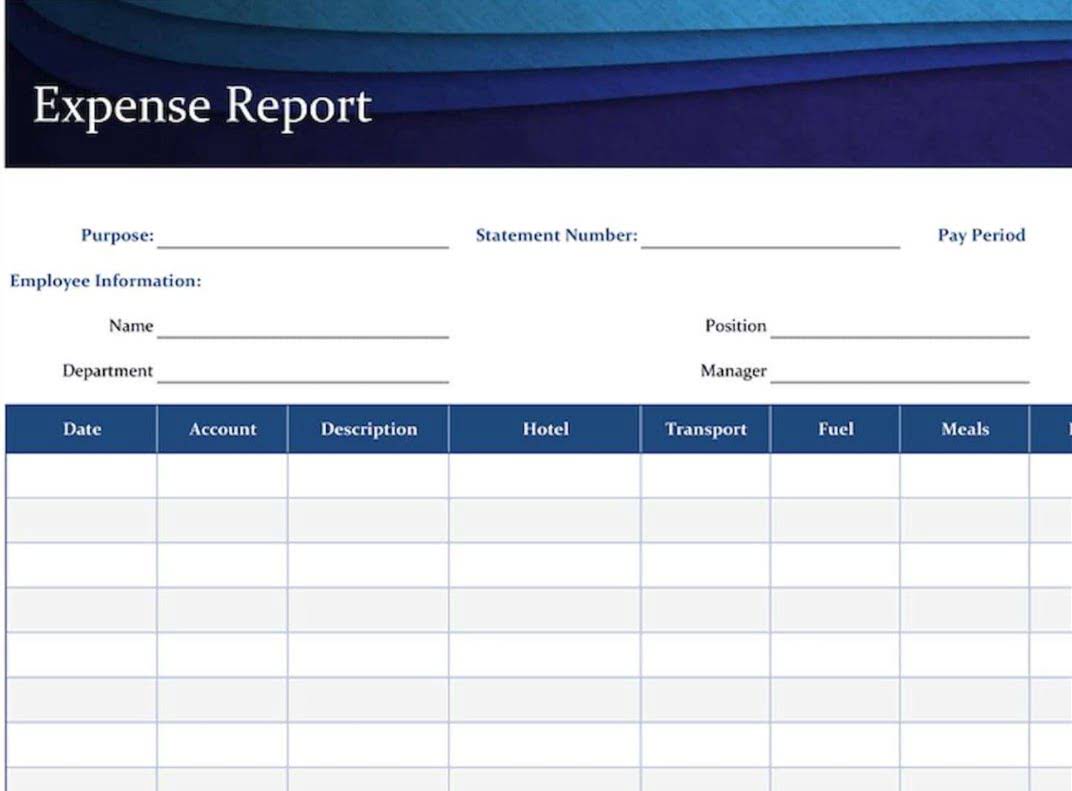
It provides investors with the liquidity to service debt, weather vacancies, fund renovations, and—most importantly—build wealth with consistency. Operating expenses are those normal and routine expenses required to operate a property on a day to day basis. They include things like legal and administrative expenses, property management, or landscaping. Because these reduce cash flow, property owners must find a balance between keeping the property in good operating condition and minimizing these costs to the extent possible.
- Maintaining a positive cash flow is just one of many best real estate investment practices.
- Generating multiple streams of income with mixed-use properties could be as far-reaching as having a restaurant or coffee shop in your apartment building that produces its own stream of income.
- It’s highly recommended that you set aside a percentage of your monthly rental income for these larger expenses when they come up.
- If one tenant misses the payment, that amount becomes part of the company’s accounts receivable.
- We recommend a meticulous examination of rental property expenses to get as accurate a cash flow estimation as possible.
How to Manage Liquidity for Real Estate Investments
Using metrics like the Debt Service Coverage Ratio (DSCR) will help you see if your income can cover your loan payments. In my experience, keeping a close eye on these early cash flows can save you from future financial trouble. Vacancy rates are a critical component in real estate cash flow analysis as they directly affect the revenue generated from a property. A high vacancy rate means that a property is not rented for a significant portion of the time, which leads to lost rental income and negatively impacts the overall cash flow. Conversely, a low vacancy rate indicates that the property consistently generates income, which is essential for maintaining a healthy cash flow.

Is positive cash flow more important than appreciation?

On the other hand, you might be forced to drop your prices a bit if you’re not getting any bites. This demonstrates why it’s so important to keep a consistent hand on your local rental market’s pulse. Cash flow is, therefore, the vitality of a real estate investing business. Seasoned investors make a Accounting Periods and Methods point of performing cash flow calculations to determine if a property would perform well. They’ll almost always reject a potential property if the cash flow projections are below a certain threshold. Don’t spend the extra time assessing and analyzing real estate properties.
Business Insider tells the innovative stories you want to know
Include variables such as rental rates, vacancy rates, and operating costs. A real estate proforma is a forward-looking financial model Restaurant Cash Flow Management designed to project a property’s future performance based on assumptions about income, expenses, and market conditions. A well-crafted proforma is indispensable for anyone investing in commercial real estate. Below are the key reasons why a proforma is essential, along with tips on how to examine one critically. Cash flow is a crucial metric for real estate investors, reflecting the net income generated from a property after all expenses are deducted. Effectively managing and maximizing cash flow can significantly enhance the profitability of your real estate investments.
In the first step, you need to figure out the gross income the property can generate. This gross income generally consists of the sum you gained from the property prior to any deductions. Automating rent collection and payments can reduce billing errors and administrative workload by over 30%, improving cash flow management and tenant satisfaction.

Choose the Right Investment Type

But, in order to understand it in more depth, you will need to know its formula. As you can guess already, the primary goal of anyone – let alone a business – is to have more money come in than go out. If that cash flow in real estate is actually the case, it is called positive cash flow, which simply means that the business is receiving more cash than it is spending it.
- Commercial real estate (CRE) investing can serve as a powerful engine for long-term wealth creation, portfolio diversification, and passive income.
- Calculating WACC is a time-consuming and difficult endeavor, with the opportunity for errors increasing with the complexity.
- He rented his second property, which cost $211,000, for $2,100, yielding a ratio of 0.99%.
- Peakflo’s automated cash application removes errors, ensuring that every payment is applied correctly—without manual effort.
- In preparing a cash flow statement, real estate investors itemize all sources of income and expenses to accurately determine their cash flow status.
Real Estate Tools for Investing in Single Family Homes for Sale
You’ll also need to account for closing costs, which can range from 2% to 5% of the property value, potentially adding another $6,000 to $15,000 to your initial expenses. Tracking this cash flow is vital because it helps you understand how quickly you can start generating income through rent or sales. Early operating income might include rental payments from tenants, which can start to offset those initial costs. However, there is no strict answer as to what substantiates a “good” level of cash flow.
